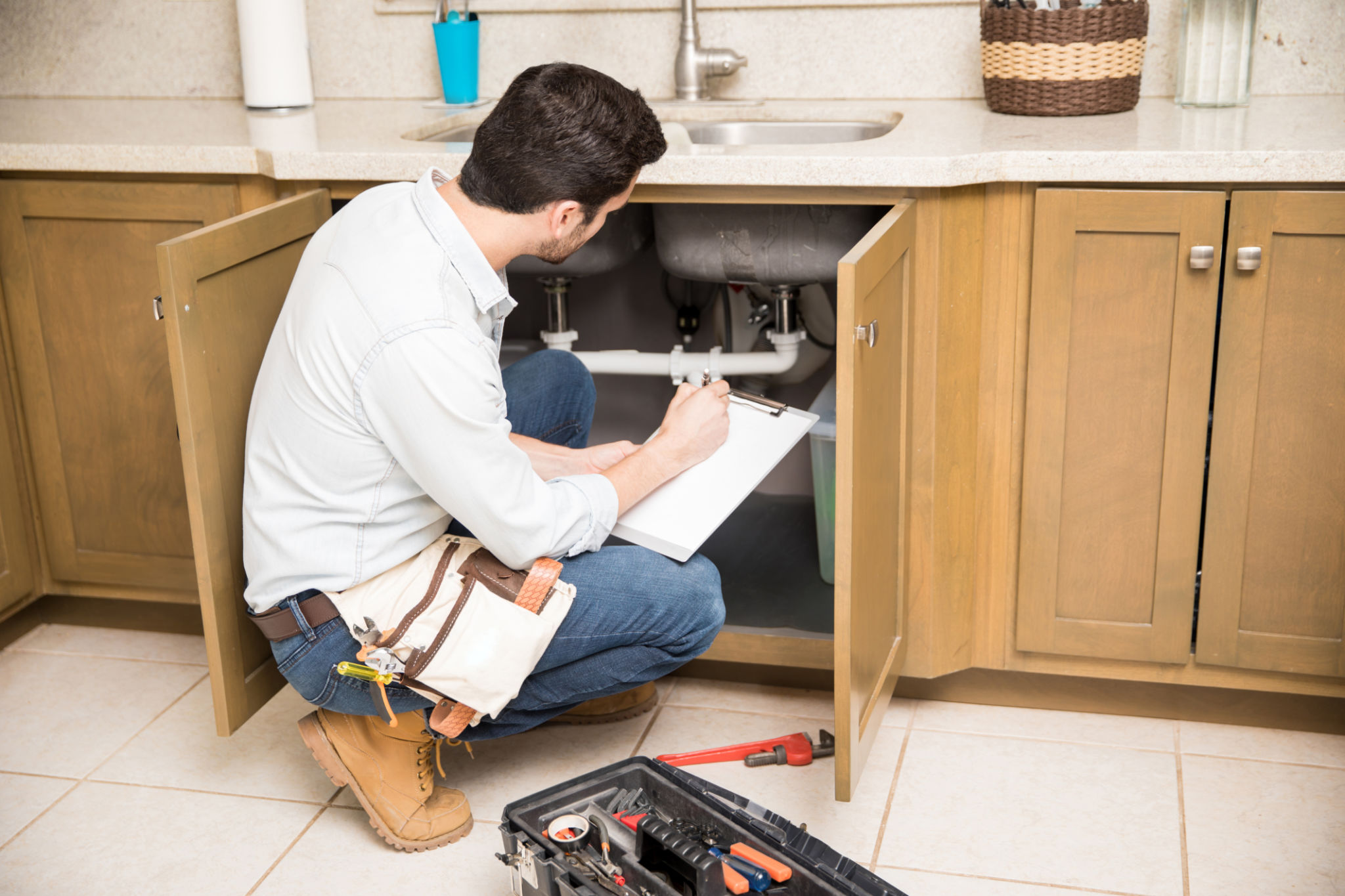DIY Backflow Valve Maintenance Tips for Granbury Homeowners
Understanding Backflow Valves
Backflow valves play a crucial role in protecting your water supply from contamination. They are designed to allow water to flow in one direction, preventing it from flowing backward into the main water supply. For homeowners in Granbury, maintaining these valves is essential to ensure a safe and clean water system.
Regular maintenance of backflow valves can help identify potential issues before they become serious problems. Understanding the basic components and functions of these valves is the first step in effective maintenance.

Essential Tools for Maintenance
Before starting the maintenance process, gather the necessary tools to ensure a smooth operation. Here's a list of essential tools you might need:
- Adjustable wrench
- Screwdriver set
- Pipe wrench
- Replacement parts (gaskets, seals)
- Lubricant
Having these tools on hand will make it easier to address any issues that arise during your maintenance routine.
Inspecting Your Backflow Valve
Regular inspection is key to maintaining your backflow valve. Start by visually examining the valve for any signs of wear or damage. Look for leaks, rust, or any unusual noises when the valve is in operation. These could be indicators of underlying issues.

Next, check the connections and seals for any signs of deterioration. Over time, rubber seals can become brittle and may need replacing to ensure a tight seal.
Cleaning and Lubricating Components
Cleaning your backflow valve is an important maintenance step. Begin by shutting off the water supply and disassembling the valve. Remove any debris or mineral deposits from the internal components using a soft brush and a mild cleaning solution.
Once cleaned, apply a suitable lubricant to the moving parts to ensure smooth operation. This will help prevent wear and extend the lifespan of your backflow valve.

Testing for Proper Functionality
After reassembling the valve, it's important to test its functionality. Turn the water supply back on and check for any leaks or drips around the valve connections. Additionally, ensure that water flows freely in the correct direction without any blockages.
If you notice any persistent issues, it may be time to call in a professional plumber for a more thorough inspection and repair.
Scheduling Regular Maintenance
Regular maintenance is crucial for ensuring the optimal performance of your backflow valve. It's recommended to perform a thorough inspection and cleaning at least once a year. However, if you notice any issues or live in an area with hard water, more frequent checks may be necessary.

By staying proactive with your backflow valve maintenance, you can prevent costly repairs and keep your home's water supply safe.
Understanding When to Call a Professional
While DIY maintenance can address many common issues, some problems may require professional intervention. If you encounter persistent leaks, unusual noises, or complicated repairs, it's best to consult with a licensed plumber.
Professionals have the expertise and tools necessary to diagnose and fix complex problems, ensuring that your backflow valve functions correctly and efficiently.